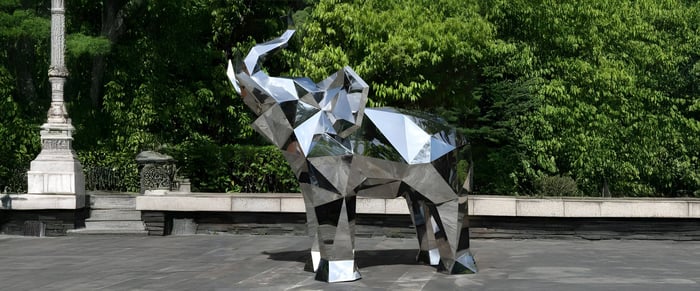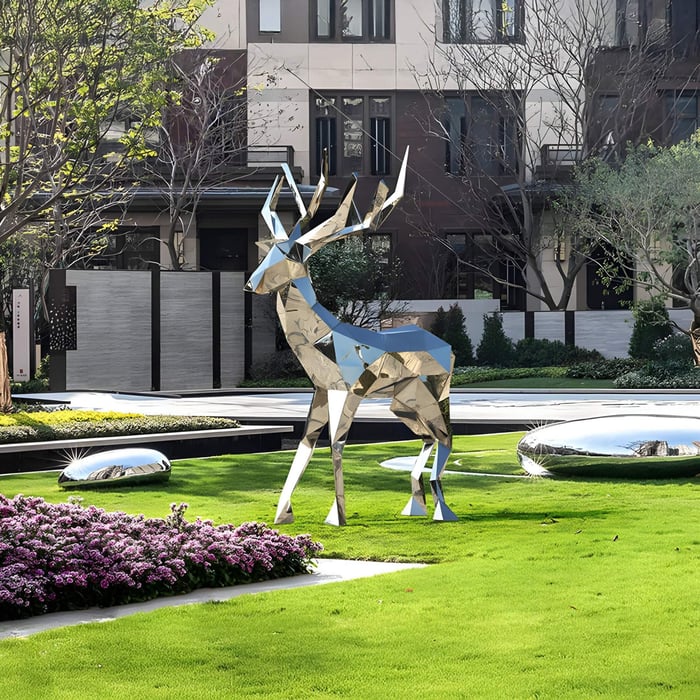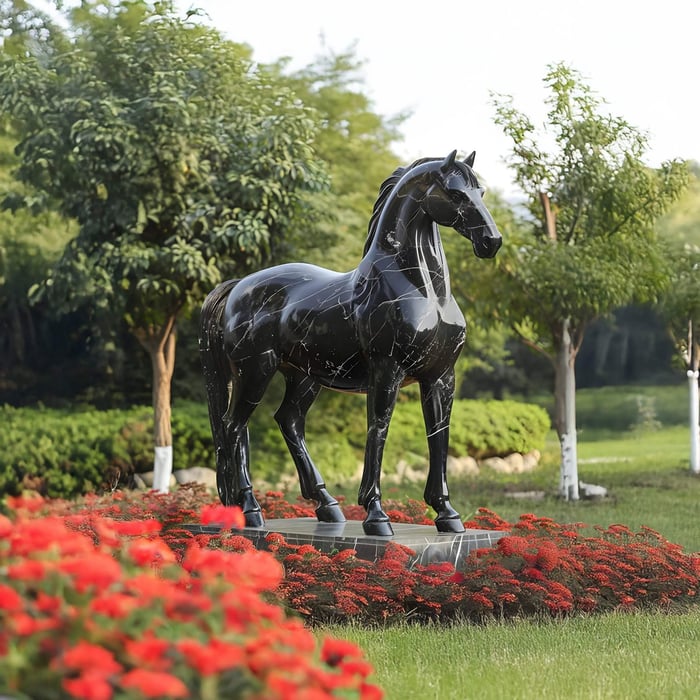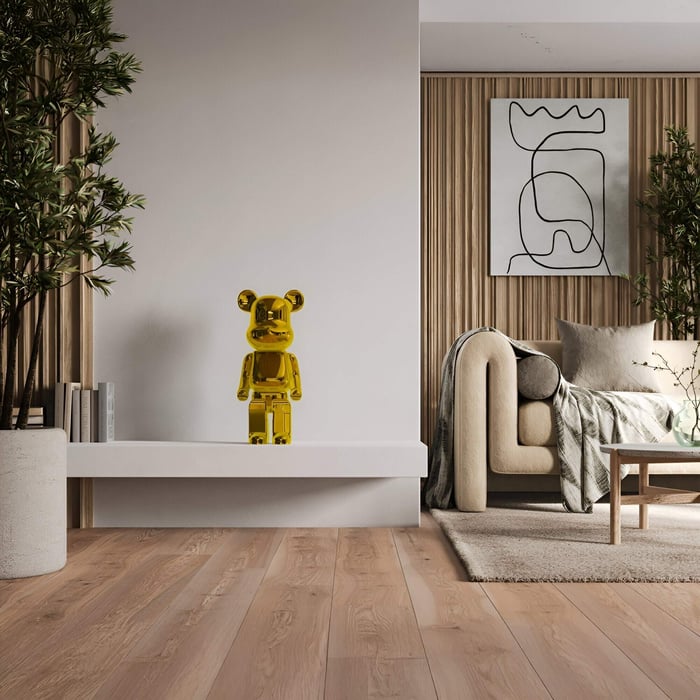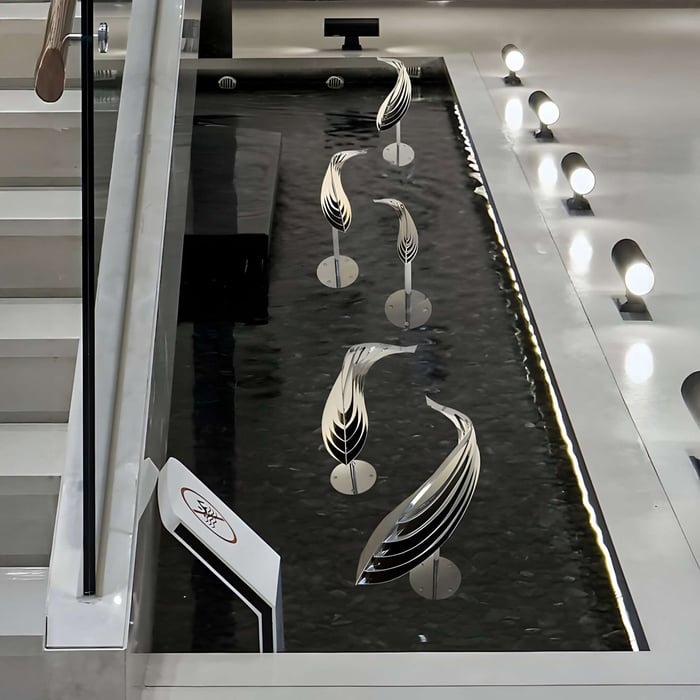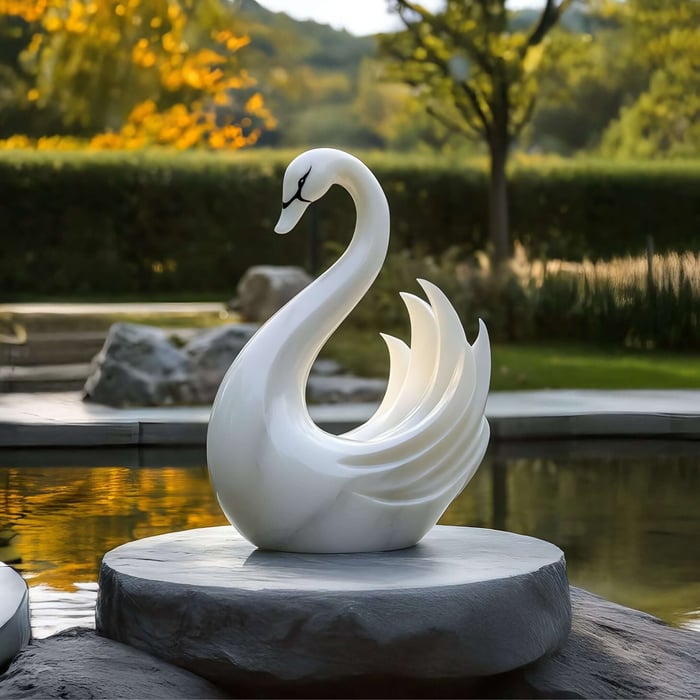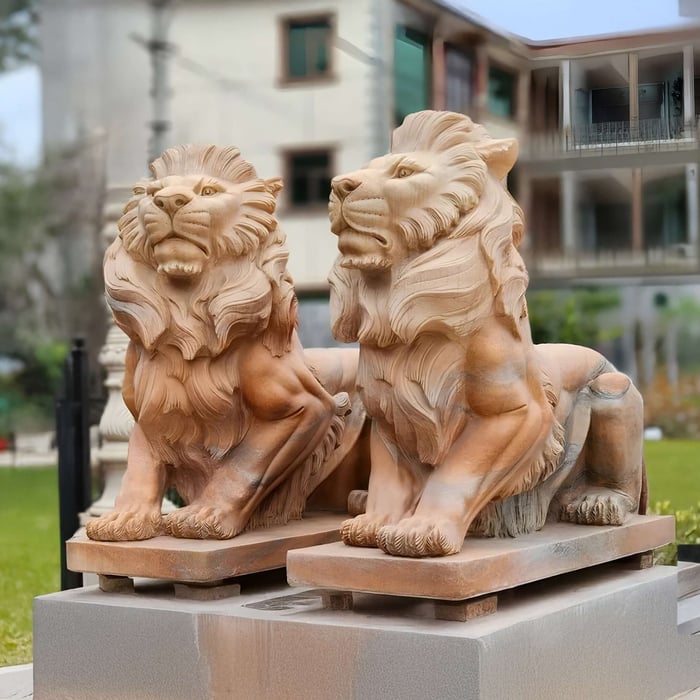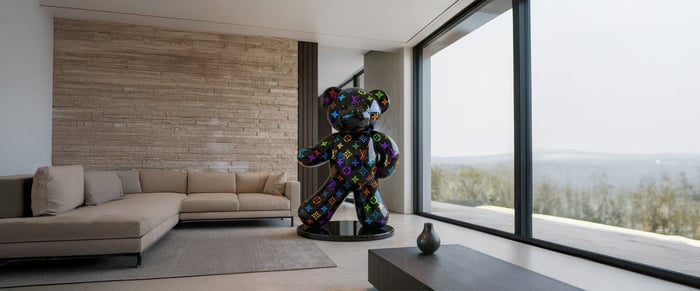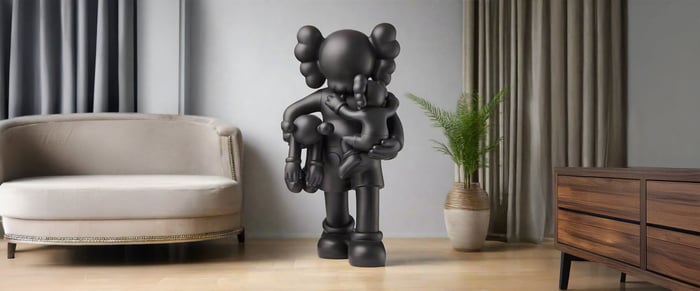Table of Contents
- Introduction - Why Wildlife Sculptures Deserve Thoughtful Care & Display
- Understanding Materials & Finish: What Affects Durability
- Placement: Where Your Wildlife Sculpture Thrives Best
- Styling & Design: Integrating Wildlife Sculptures Elegantly
- Care & Maintenance: Keeping Wildlife Sculptures Looking Their Best
- Buying & Long-Term Ownership Tips
- Conclusion - Confidently Choose, Display, and Care for Wildlife Sculptures
- FAQs
Introduction - Why Wildlife Sculptures Deserve Thoughtful Care & Display
Wildlife sculptures are more than decorative accents; they are powerful symbols of connection between art, nature, and human imagination. From graceful bronze animal statues to striking stainless steel sculptures that mirror their surroundings, these works demand more than casual placement. They need care, context, and intentional styling to truly shine.
Collectors and homeowners often have questions about durability, where to position pieces, and how to blend them with existing décor. Materials like bronze, marble, or resin each come with unique requirements, and placement in gardens or homes makes a big difference to both longevity and impact. This FAQ guide answers the most common concerns, offering practical advice on sculpture care, placement, styling, and long-term ownership.
Understanding Materials & Finish: What Affects Durability
Wildlife sculptures come in a variety of indoor and outdoor sculpture materials, each carrying different qualities of resilience and maintenance needs.
Bronze animal statues are traditional favourites, valued for their strength and ability to develop a natural patina. With regular waxing, they resist corrosion even in damp climates.
Stainless steel sculptures excel in outdoor settings thanks to their weather resistance. Their reflective surfaces amplify light and movement, though they benefit from occasional polishing.
Resin sculptures are lighter and often used indoors. They can replicate stone or metal finishes but are more vulnerable to UV fading outdoors unless sealed.
Marble sculptures bring elegance and permanence, though they require protection from acid rain and frost damage.
Finishes also play a crucial role. Protective lacquers, UV coatings, or intentional patinas extend lifespan and keep the sculpture looking fresh. Location matters too: salt air by the coast, harsh UV in sunny climates, or extreme frosts all influence material choice. Choosing weather-resistant wildlife sculptures ensures years of enjoyment with minimal upkeep.
Placement: Where Your Wildlife Sculpture Thrives Best
Getting placement right is as important as choosing the piece itself. The right placement not only enhances your wildlife sculpture’s visibility but also protects it from damage and maximises its emotional impact. Let’s break it down into indoor and outdoor scenarios.
Indoor Placement
For indoor wildlife art displays, consider sightlines and how people naturally move through a space. Here are a few tips:
Foyers & Entrances: Position a bronze bust or resin animal figure near the entrance to create an immediate impression of strength and elegance.
Living Rooms: Use abstract sculptures for living rooms on coffee tables, mantels, or consoles, making them conversation starters in social spaces.
Hallways & Stairwells: Smaller resin sculptures or minimalist pieces fit neatly into niches or shelves, guiding the eye as people move through the space.
Studies & Libraries: Bronze bust indoor art pairs beautifully with bookshelves and traditional furniture, adding gravitas and intellectual character.
Lighting Considerations: Use hallway art lighting techniques - wall sconces, spotlights, or track lighting, to highlight textures and shadow play indoors.
Final Tip: Indoors, placement is about combining visibility with mood, ensuring each piece feels intentional rather than tucked away.
Outdoor Placement
When displaying outdoor animal sculptures, foundations and environment are key. Here are a few placement tips:
Garden Focal Points: Place large-scale wildlife sculptures such as stags, horses, or birds in open lawns or clearings to serve as commanding centrepieces.
Water Features: Stainless steel sculptures near ponds or fountains reflect water movement, creating dynamic reflective garden art.
Pathways & Entrances: Smaller animal statues like hares or foxes placed along pathways create whimsical encounters as guests walk through the garden.
Raised Platforms & Bases: Always elevate outdoor sculptures with plinths, stone bases, or reinforced pedestals to protect them from ground moisture.
Weather & Shade: Choose shaded spots for resin sculptures, sunny open areas for stainless steel, and partial shade for bronze to balance patina development.
Framing with Nature: Position pieces so trees, shrubs, or flowers act as natural backdrops, for example, a marble lion framed against evergreen hedges.
Final Tip: Outdoors, the goal is to balance durability with spectacle, letting sculptures interact harmoniously with their surroundings.
Styling & Design: Integrating Wildlife Sculptures Elegantly
Wildlife sculptures are versatile; they can be styled to suit both modern and traditional interiors.
By Theme: Realistic wildlife art works well in heritage or rustic settings, while abstract sculptures of animals suit contemporary interiors.
Contrast in Décor: Position steel sculptures near organic textures like wood or stone to heighten contrast. In gardens, pair reflective surfaces with soft foliage for balance.
Scaled Arrangements: One monumental elephant or horse sculpture may dominate a large lawn, but indoors a grouping of smaller bird or fish pieces adds rhythm and movement.
Colour & Texture Play: Place dark bronze against light walls, or pale marble against darker backdrops. Plants, water features, or architectural elements can frame sculptures beautifully.
For inspiration, interior stylists often recommend treating sculptures like anchor points, much like a fireplace or chandelier. They don’t just decorate; they shape how the entire space feels.
Care & Maintenance: Keeping Wildlife Sculptures Looking Their Best
Sculptures, like all fine art, benefit from simple but consistent care.
Routine Cleaning: Dust indoor pieces weekly with a soft cloth. Outdoor sculptures should be rinsed with water and cleaned with non-ionic soap every few weeks to remove dirt and pollutants.
Seasonal Care: Bronze animal statues benefit from a wax coat twice yearly. Stainless steel sculptures care requires just polishing to remove streaks. Marble and stone may need sealing to protect against frost or acidic rain.
Inspection: Check joints, coatings, or mounting stability regularly. Loose bases can destabilise even the heaviest garden sculptures.
Extreme Weather: In freezing climates, avoid leaving delicate resin pieces outdoors. Cover or relocate them during harsh winters. For stainless steel, ensure bases are frost-safe and drainage is adequate.
With minimal effort, wildlife sculptures remain vibrant for decades, often growing more characterful as patinas and weathering enrich their surfaces.
Buying & Long-Term Ownership Tips
When purchasing wildlife sculptures, especially outdoor pieces, it pays to ask questions.
Material specifications: Is it bronze, resin, or stainless steel? How thick are the walls of the cast?
Finish & warranty: What protective coatings are applied, and are they guaranteed?
Authenticity: For high-value bronze or marble sculptures, ensure certificates of authenticity are provided.
Practical concerns: How heavy is the piece? Can your flooring or garden base support it safely? What transport or installation arrangements are included?
Thinking long-term means budgeting for occasional care, choosing the right size for your space, and opting for pieces that reflect your style while withstanding the test of time.
Conclusion - Confidently Choose, Display, and Care for Wildlife Sculptures
Wildlife sculptures embody the grandeur of nature, whether displayed in intimate indoor corners or as dramatic outdoor garden sculptures. By considering materials, placement, and styling together, collectors and homeowners ensure their artworks not only endure but thrive.
With thoughtful care and intentional positioning, sculptures tell stories that evolve with their environment - sunlight, seasons, and shifting perspectives. From polished stainless steel to timeless bronze, these works reflect not just wildlife but the imagination and values of their owners.
Explore curated collections at Giant Sculptures, where each piece is crafted to blend artistry, durability, and visual impact for both home and garden.
FAQs
How often should outdoor wildlife sculptures be cleaned?
Every 2–4 weeks is ideal. Rinse with water and mild soap, then dry thoroughly. Bronze may also benefit from waxing twice a year.
What material is best for coastal or salty air environments?
Stainless steel sculptures perform best near the sea due to their corrosion resistance, especially when polished and maintained.
Is it safe to leave wildlife sculptures outside in freezing conditions?
Bronze and stainless steel tolerate frost, but resin or marble sculptures should be sealed, covered, or brought indoors to avoid damage.
How high should indoor sculptures be placed for best viewing?
Eye level is the rule of thumb, typically 150–160 cm from the floor, though busts and smaller sculptures can sit lower on shelves or plinths.
Can I apply finishes or coatings later to change the look?
Yes, patinas, waxes, or protective coatings can be applied by conservators to refresh appearance or add new tones without damaging the sculpture.














































































